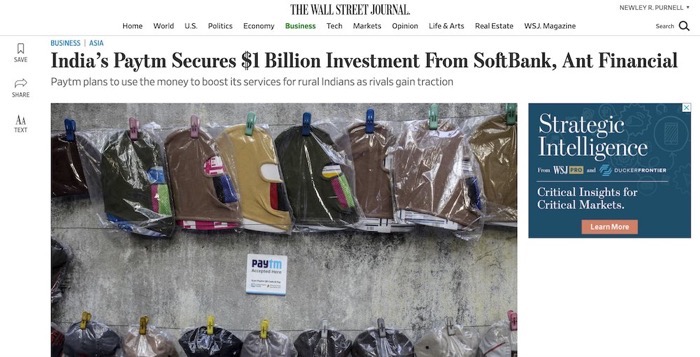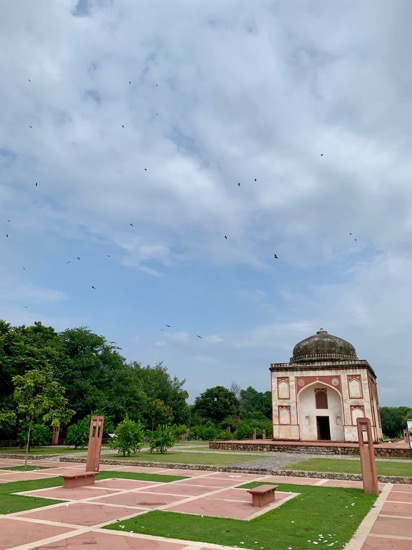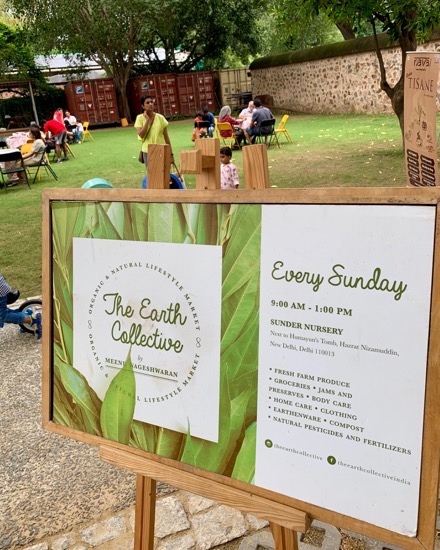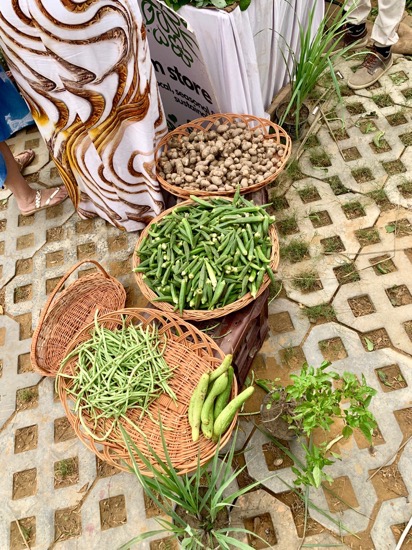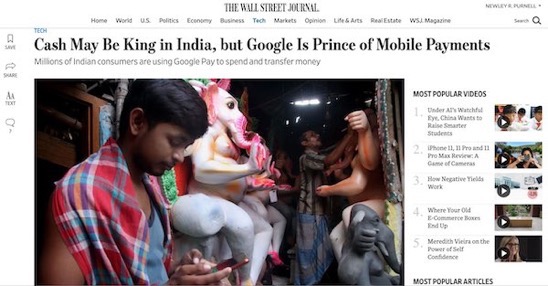
Hi, friends. Welcome to the latest edition of Newley’s Notes.
🔌 My latest story, out last Tuesday and teased on the WSJ front page Wednesday: The Hottest Phones for the Next Billion Users Aren’t Smartphones. It begins:
NEW DELHI–The hottest phones for the world’s next billion users aren’t made by smartphone leaders Samsung Electronics Co. or Apple Inc. In fact, they aren’t even smartphones.
Millions of first-time internet consumers from the Ivory Coast to India and Indonesia are connecting to the web on a new breed of device that only costs about $25. The gadgets look like the inexpensive Nokia Corp. phones that were big about two decades ago. But these hybrid phones, fueled by inexpensive mobile data, provide some basic apps and internet access in addition to calling and texting.
As I mention in the story, as part of our reporting we spoke with a fruit vendor here in New Delhi who makes about $80 per month. He couldn’t afford even the cheapest smartphones, but is now online – streaming Bollywood music and watching movies with his family night – thanks to a “smart feature phone” that cost only about $20.
📱 Click through to read the rest.
Here are ten items worth your time this week:
🍎 1) Apple contractors ‘regularly hear confidential details’ on Siri recordings [The Guardian]
“Although Apple does not explicitly disclose it in its consumer-facing privacy documentation, a small proportion of Siri recordings are passed on to contractors working for the company around the world.”
😳 2) The Most Gullible Man in Cambridge [New York/The Cut]
“A Harvard Law professor who teaches a class on judgment wouldn’t seem like an obvious mark, would he?”
🤖 3) Tech-related longread of the week: The Hidden Costs of Automated Thinking [The New Yorker]
“In the past, intellectual debt has been confined to a few areas amenable to trial-and-error discovery, such as medicine. But that may be changing, as new techniques in artificial intelligence – specifically, machine learning – increase our collective intellectual credit line.”
🇭🇰 4) In Hong Kong Protests, Faces Become Weapons [New York Times]
“Hong Kong is at the bleeding edge of a significant change in the authorities’ ability to track dangerous criminals and legitimate political protesters alike – and in their targets’ ability to fight back.”
🏆 5) U.S. teen wins $3 million at video game tournament Fortnite World Cup [Reuters]
“Geirsdorf, 16, from Pennsylvania, was one of at least 100 players competing for $30 million in total prize money, as the booming popularity of video and online games has drawn top-dollar investments and fueled the emerging professional sport. ”
🌡️ 6) Sony’s Wearable Air Conditioner Should Be Ready for Next Year’s Heat Wave [Gizmodo]
“…Sony is crowdfunding a portable wearable air conditioner/heater so you can flip the bird to mother nature and live your best, climate-controlled life.”
💰 7) How Legal Marijuana Is Helping the Black Market [Politico]
“Expensive regulation and high demand across the country have made the illicit trade more profitable than going legit.”
⚒️ 8) Notre Dame Fire Revives Demand For Skilled Stone Carvers In France [NPR]
“In the workshops of the Hector Guimard high school, less than three miles from the cathedral, young stone carvers are training for that task.”
🍴 9) A Global Feast in an Unlikely Spot: Lancaster, Pa. [New York Times]
“This small city, best-known for its Amish and Mennonite communities, is a welcoming home for immigrants, refugees and their cooking.”
(Thanks, Jess!)
🎾 10) Hi! Can i interest you in a ball?!?! [Reddit]
💡 Quote of the week:
“Develop into a lifelong self-learner through voracious reading; cultivate curiosity and strive to become a little wiser every day." – Charlie Munger
💥 Was this message forwarded to you? Sign up here.
👊 Fist bump from New Delhi,
Newley


